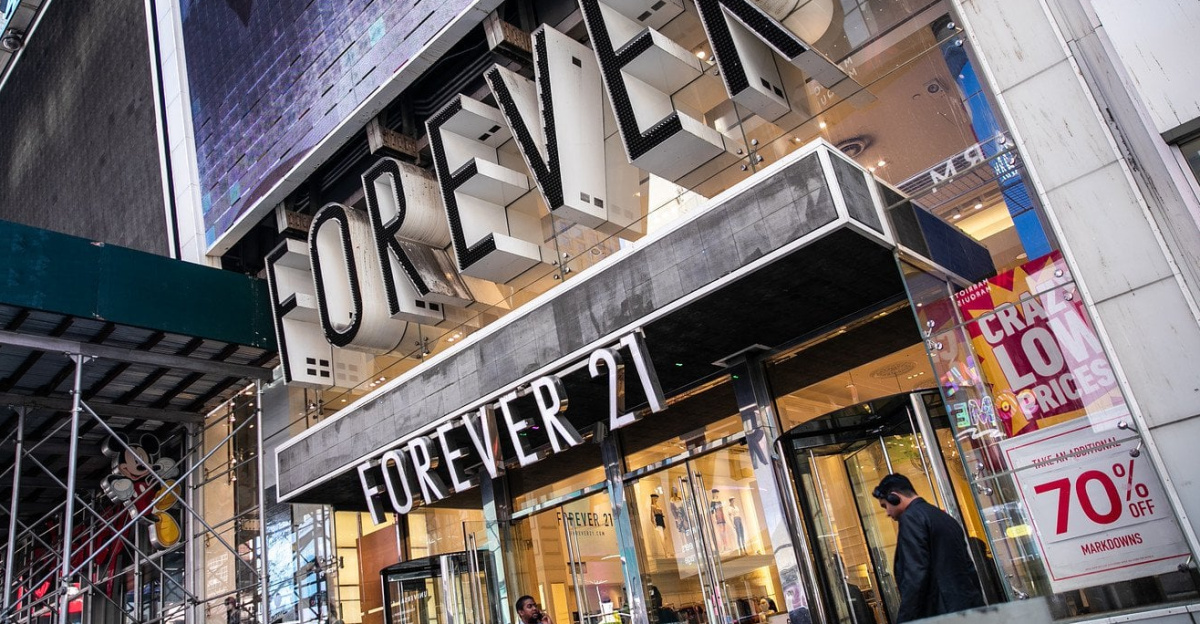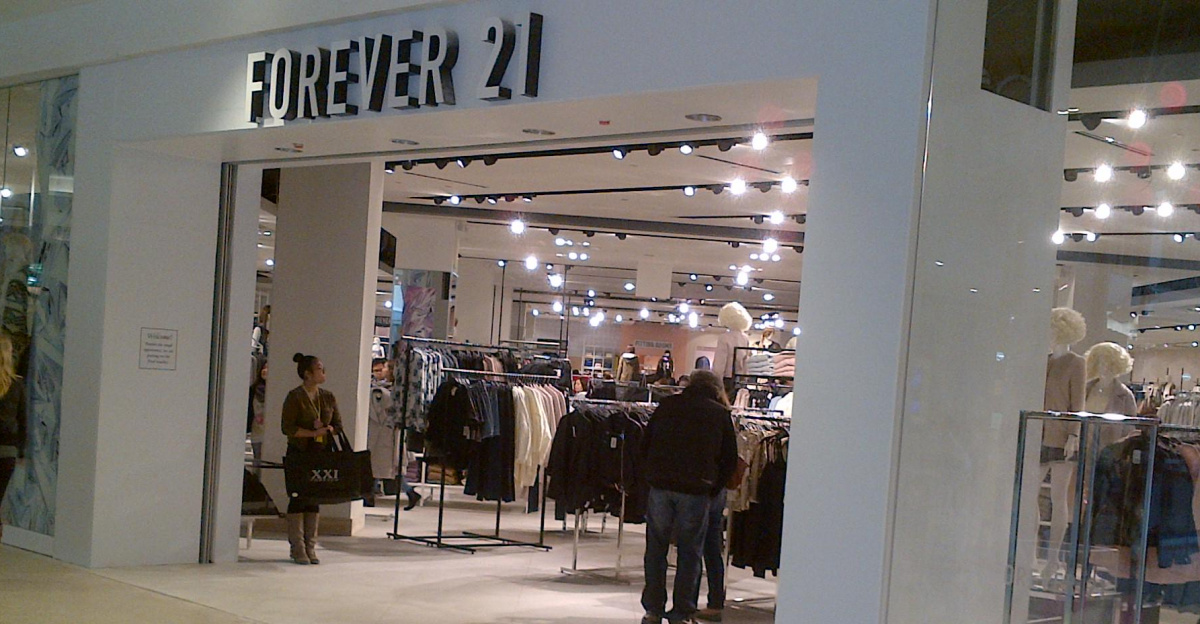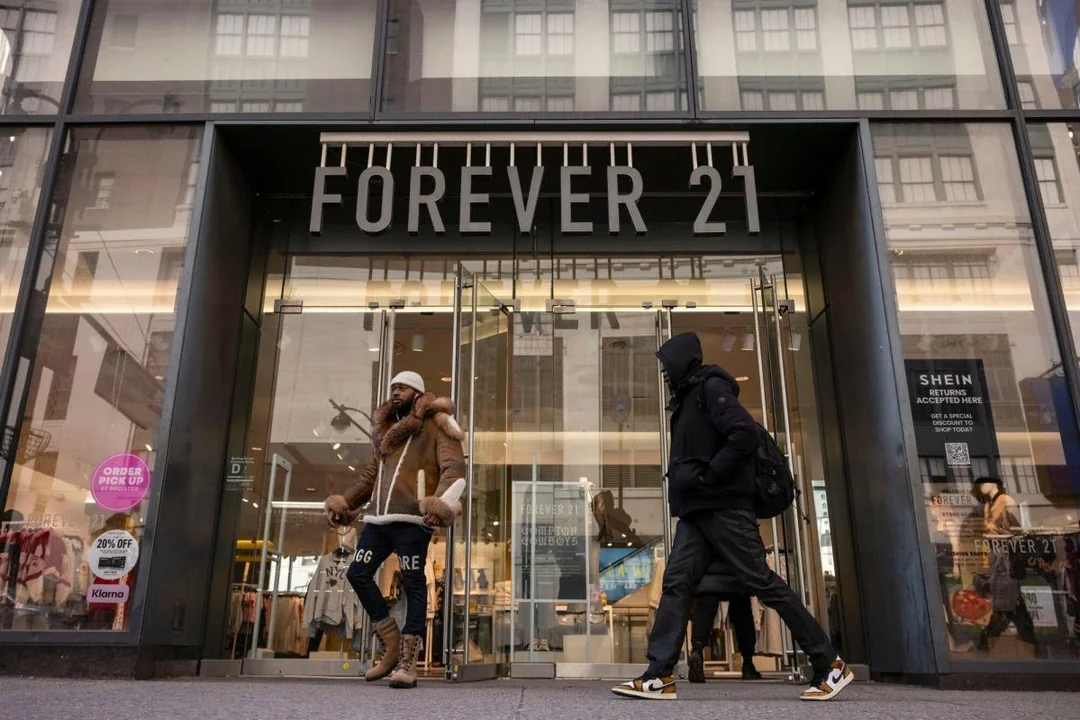
Who would have thought that a store that once led the fashion world in shopping malls across the United States would close its doors? Known for their runway-inspired looks at an affordable price, Forever 21’s fall marks the end of an era for mall culture and millions of budget-conscious shoppers.
The company, which cited intense competition from online disruptors like Shein and Temu, rising operational costs, and shifting consumer habits as catalysts for its collapse, plans to wind down domestic operations in the coming months. How does a massive retailer fall so quickly?
The Official Announcement

Forever 21’s official announcement, issued by Chief Financial Officer Brad Sell, confirmed the chain’s decision to file for Chapter 11 bankruptcy protection after carefully evaluating its financial situation and ongoing challenges. As part of this process, Forever 21 stated that while all U.S. stores are beginning liquidation sales, they will remain open for a limited time, as will the U.S. website, which will continue to fulfill online orders.
“After careful deliberation, we have made the decision to file for chapter 11 bankruptcy protection under chapter 11 of the U.S. Bankruptcy Code,” a notice on Forever 21’s website says. “We are deeply grateful for the support you have shown us over the years, but rising costs and increased competition from abroad have made our current business model unsustainable.”
The Second Bankruptcy in Six Years

This isn’t a new road for the brand as the company previously filed in 2019, leading to significant store closures and the acquisition of its assets by a joint venture including Simon Property Group, Brookfield Property Partners, and Authentic Brands Group.
Despite a brief rebound post-pandemic, mounting pressures escalated financial losses and ultimately led to another bankruptcy. This most recent filing underscores the brand’s ongoing struggle to adapt to a rapidly evolving retail landscape dominated by digital-native competitors and changing shopping habits.
Liquidation Sales and Store Closures

Launched in March 2025, these going-out-of-business sales offer deep discounts—up to 60% off—on the full range of women’s, men’s, and children’s apparel, accessories, and even store fixtures. All in-store and online purchases are now considered final, with no returns or exchanges permitted.
“In connection with the filing, we are beginning the process of closing a number of stores across the U.S. Importantly, however, our stores will remain open for the time being and we will continue to fulfill customer orders placed online. We also will continue to honor customer gift cards and store credit through and including April 15, 2025,” said the website.
Mounting Debt and Losses

When the retailer filed for bankruptcy in March 2025, it was saddled with approximately $1.6 billion in liabilities and owed more than $433 million to unsecured creditors, including numerous small and midsize suppliers. Over the previous three years, the company suffered losses exceeding $400 million, with reported deficits of $150 million in 2024 and a projected $180 million shortfall for 2025 according to Reuters. The company’s bleak financial outlook translated into minimal recoveries for its creditors, expected to receive just 3% to 6% of their claims.
“We’ve been unable to find a sustainable path forward, given competition from foreign fast-fashion companies, which have been able to take advantage of the de minimis exemption to undercut our brand on pricing and margin,” said Brad Sell, finance chief at the company that operates Forever 21.
Rising Competition and Shifting Trends

Online retailers like Shein and Temu have completely upended the fast-fashion landscape. They leverage sophisticated algorithms to spot and manufacture micro-trends at lightning speed while exploiting trade loopholes that allow them to undercut established brands on price. Today’s shoppers increasingly gravitate toward more sustainable and digital-first brands, seeking personalized shopping experiences and faster product cycles.
“Brick-and-mortar retailers like Forever 21 operate in a highly competitive environment where the cost of doing business is expensive and rising with inflation rates,” said Sarah Foss, head of legal and restructuring at Debtwire.
Customer and Employee Reactions

For many shoppers, there’s a sense of nostalgia and sadness as they bid farewell to a brand that defined affordable, trend-driven fashion for a generation. Social media platforms have been flooded with posts reminiscing about late-night outfit hunts and the signature yellow shopping bags.
Many workers only learned of the closures through news reports, sparking frustration over the lack of clear internal communication and concern about their ability to pay rent and support their families. “These workers are unsure about their future, about whether or not they’re going to have a job or be able to pay their rent,” said Esperanza Fonseca, national deputy organization director for United for Respect.
Gift Cards, Returns, and Consumer Rights

In the final liquidation phase, all sales became final, meaning no returns or exchanges are accepted for any merchandise purchased during this period. Additionally, the retailer has halted the issuance of new gift cards and store credits in the U.S., and refunds are no longer processed. U.S. consumer protection laws often do not guarantee refunds or gift card value recovery in bankruptcy situations. Shoppers are generally considered unsecured creditors and may only recover a small fraction, if any, of the lost value.
“All sales both in U.S. stores and the U.S. website are now final. Accordingly, we will no longer be accepting returns or exchanges. Additionally, at this point, we are no longer offering new gift cards or credit cards,” the company added.
Not All Hope Lost for the Brand

Stores outside the United States will continue to operate as usual, serving their local customers without disruption. This decision means shoppers abroad can still access Forever 21’s in-store and online offerings, as these regions operate under separate management structures or through franchise agreements.
“This process applies only to Forever 21’s operations in the United States. Forever 21 stores outside of the U.S. will continue to operate business as usual,” noted the company.
Industry-Wide Implications

The retailer’s downfall underscores the inability of major brands to keep pace with the rapid rise of digitally native disruptors such as Shein and Temu. The industry also grapples with shifting consumer values as shoppers prioritize sustainability, quality, and unique experiences over disposable, mass-market fashion.
Beyond commerce, the ripple effect extends to employees, suppliers, landlords, and entire communities—bringing lost jobs, shuttered storefronts, and financial distress for smaller partners struggling to recover their claims.